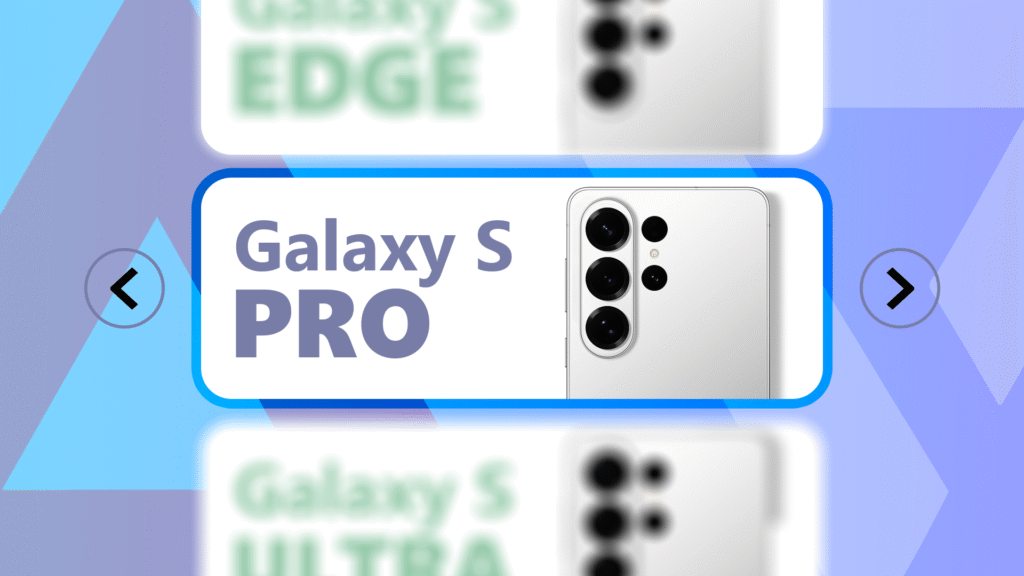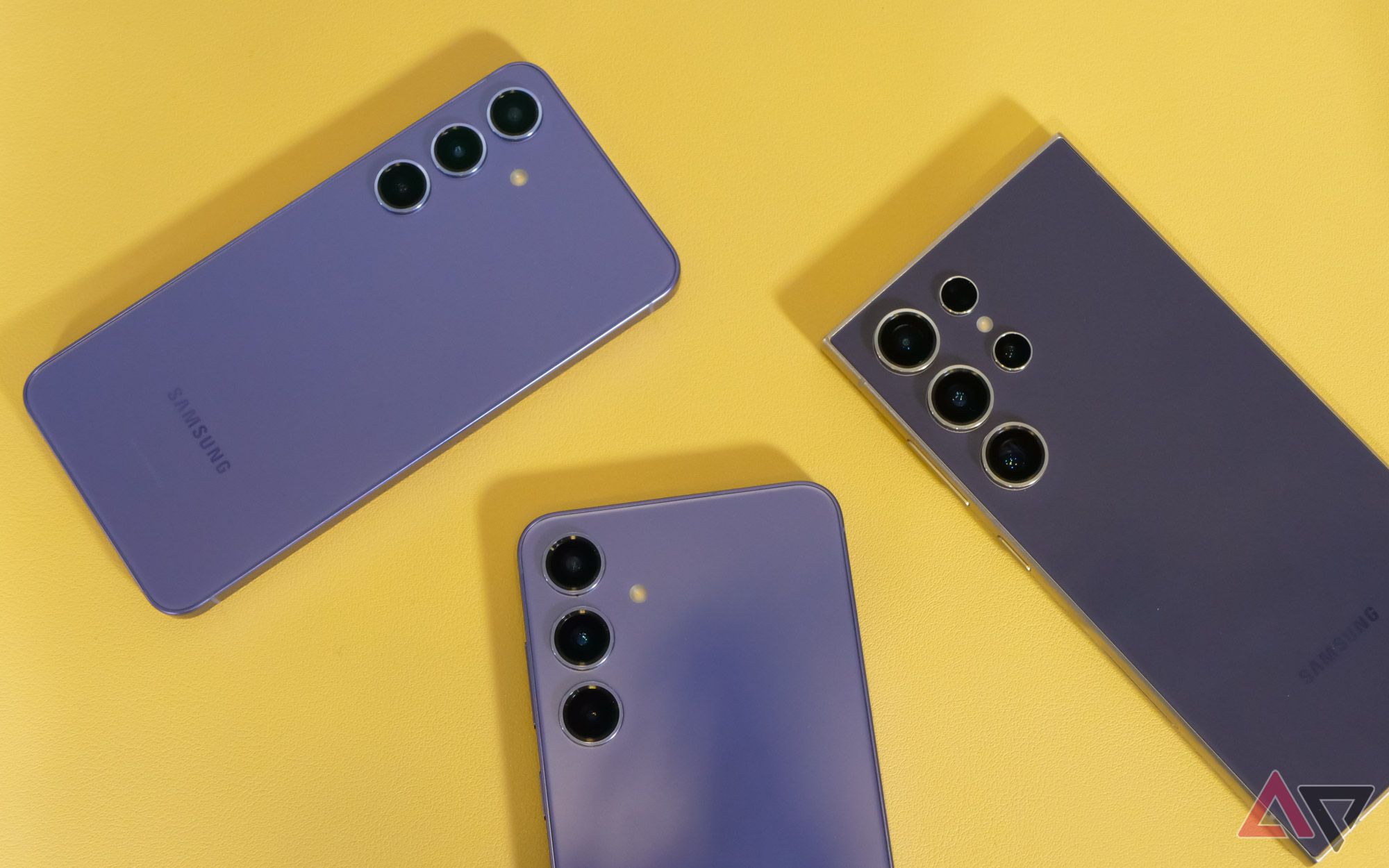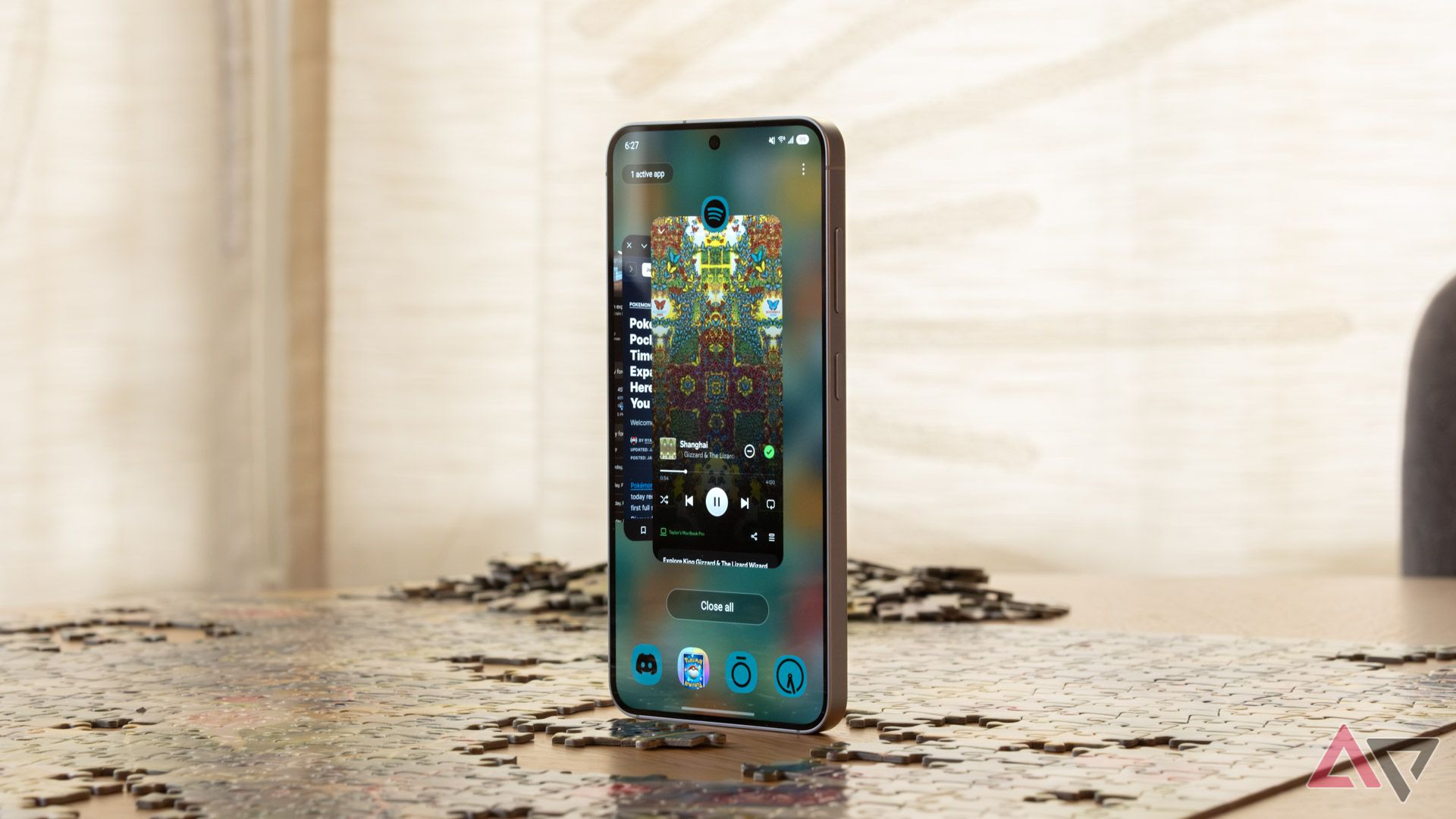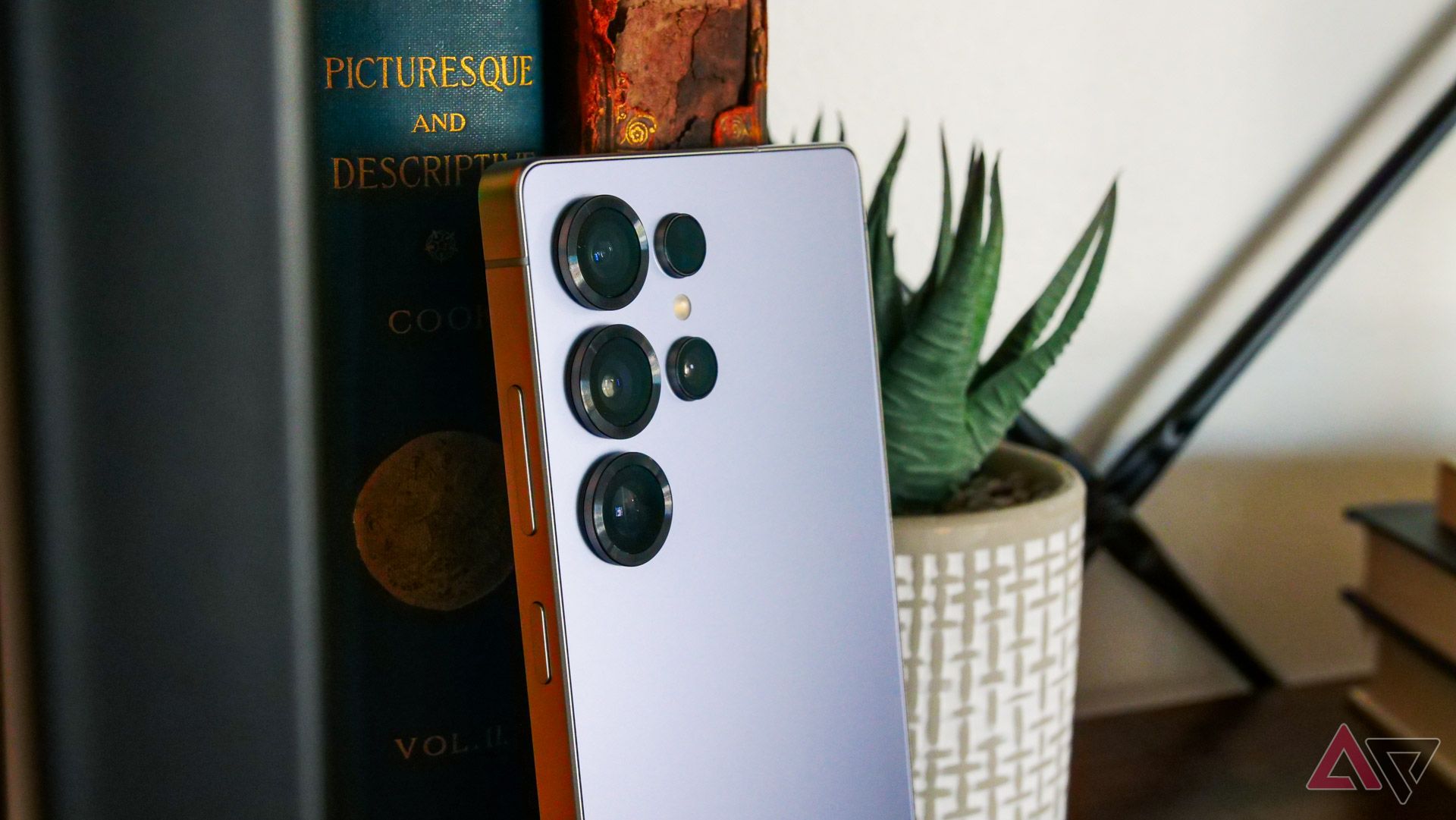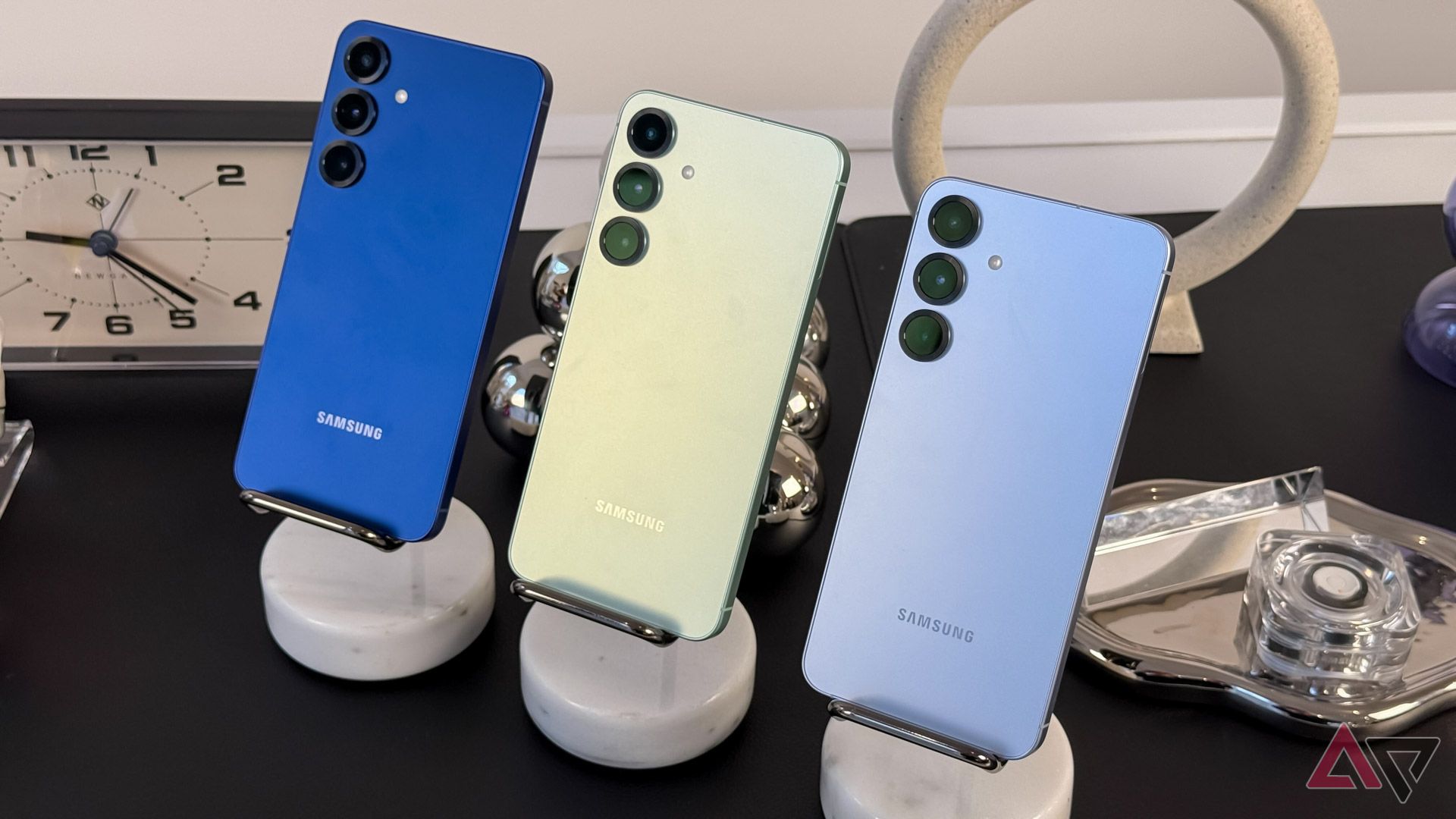We’re now over six months removed from the Samsung Galaxy S25’s launch, which means the Galaxy S26 rumor mill is well underway.
Among the usual tidbits about upgraded processors and larger batteries is a far more interesting whisper: Samsung may be planning a huge branding shakeup like we haven’t seen for a long time.
We had presumed the new Edge model would eventually find its way to Samsung’s mainline flagship phone series, and that’s exactly what happened. But nobody thought Samsung would be renaming the only S-range phone without an epithet.
According to the latest rumors, Samsung will introduce the S26 range as three models: The Galaxy S26 Ultra, S26 Plus, and S26 Pro. Yes, the Pro is the new name for the standard S26.
It’s the end of an era for sure, and that might make you feel a little sad. But don’t despair, because this change is exactly what the S-range needed.
No more redundant-feeling models
Everything has a place
The original Samsung Galaxy S phone.
The history of the Galaxy S range stretches back to almost the dawn of the smartphone.
The first Galaxy S phone, fittingly called the “Samsung Galaxy S,” was launched in 2010, and it was all alone.
It wasn’t long before Samsung gave it some friends, and it eventually released the Galaxy S II alongside a Plus version, which was confusingly named the Galaxy S Plus.
Samsung’s roster was a little ramshackle from that point on, with Samsung tossing in Minis, Pluses, and even Edges at random intervals. Still, the humble Galaxy S was always a mainstay.
From the first S all the way to the Galaxy S25, there was always a phone for you if you were a fan of a single letter paired with a number.
Samsung’s flagship range has since settled into a largely familiar rhythm: The basic S, the S Plus, and the S Ultra. It’s familiar, it’s clear, and we all know what to expect.
But it’s underlined a new problem, and it’s that the Galaxy S just about begs for an additional descriptor.
I write about phones for a living, and I’ve written a lot of words about the Galaxy S range. And every time I do, I feel the need to add something to the Galaxy S’s name.
Take the most recent range, for instance: “The Galaxy S25” refers to both the cheapest phone in the range and the range itself. That’s not something you need to worry about when you’re talking about the S25 Plus or S25 Ultra.
So, more often than not, I add a word, and it’s always something like “basic,” “standard,” or “cheapest.”
None of those words should be used to describe an expensive flagship phone, but, heck, they’re all true, and it feels like it’s needed.
The Galaxy S ends up feeling like a poor man’s choice, even though it’s nothing of the sort, and that plays into the second problem it has. It doesn’t have a niche.
The Plus is the big phone, the Ultra is the top tier, and the S is … well, it just is. It doesn’t feel like it has a place of its own, a justification for existing.
Instead, it’s here to justify the Plus and Ultra at the end of the other phone’s names. It’s the base level, it’s ground floor, it’s boring.
However, add an epithet to the S26 and you have a completely different beast. The Galaxy S26 has all of those problems, but the S26 Pro? The “Pro” label suggests power.
It suggests a sleek shape sitting in an executive boardroom. It says it’s the perfect device for anyone who wants a phone that won’t let you down, but won’t overpower you with its presence.
The name “Pro” is understated in a way that the Plus and Ultra could never be, but it does it in a way that doesn’t downplay how good it actually is.
It’s not without its issues
The hierarchy is less obvious now
The downside of this new system is obvious: There’s much less of a clear hierarchy for the models in the S26 range.
The S25 to Plus to Ultra pipeline was largely obvious and clear, and so everyone knew what the cheapest of the models was likely to be.
Adding the Pro throws that out of the window, as it’s not immediately obvious where it fits into a strict ranking of “better.”
This probably isn’t a big deal, really. Any confusion is easily dispelled with a glance at the price list, and the Pro moniker could mean more people don’t see the Plus model as an obvious upgrade over the first model.
Hopefully, it may mean people pick a model based on whichever spec sheet better suits them, rather than their budget.
And really, why should there be a tier in the first place? This sort of thinking is exactly what led to the basic S model feeling redundant in the first place.
The Plus and Ultra models have always been billed as the upgrades, and it’s time the S Pro had its chance to shine.
A bright new dawn for the Galaxy S
Change is never easy, and it won’t be welcomed by everyone — but I think changing the standard S26 to the Galaxy S26 Pro is an excellent move by Samsung.
It gives the formerly vanilla model some personality of its own, its own particular niche.
There’s an argument to be made that the new Galaxy S26 needs some serious improvements in order to justify the “Pro” label, and I’m receptive to that argument.
However, I would argue the Pro name, by itself, is a strong upgrade. First impressions really do matter, and seeing “Pro” on a phone immediately tells you a lot about the design’s intent and its capabilities.
It used to be that the “S” was enough by itself. However, in a world of Pluses, Ultras, and Edges, the basic Galaxy S needs more.
Pro gives it exactly what it’s been craving. The new boss may be the same as the old boss, but long live the Galaxy S Pro.

- SoC
-
Qualcomm Snapdragon 8 Elite for Galaxy
- Display type
-
LTPO AMOLED, 120Hz
- Display dimensions
-
6.2″
- Display resolution
-
2340 x 1080

